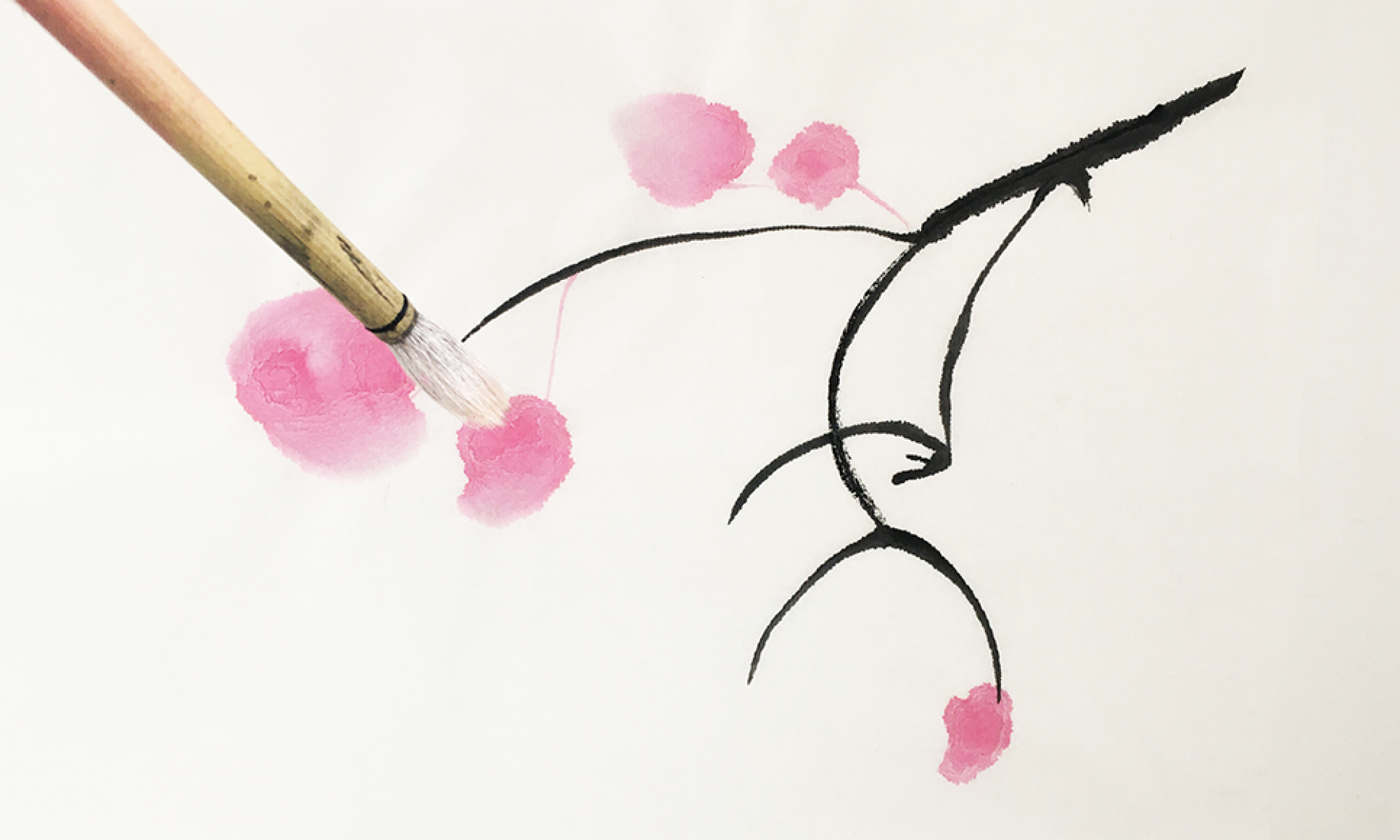TL;DR
I’m not convinced any one method is better than another, personally I suspect that finding something with a community you resonate with and giving to it sincerely will reveal more – I have notes on snacking below.
The (not so) great Unbundling
In the last decade or two (probably since John Kabat Zinn there has been a movement to unbundle meditation from any spooky religious or metaphysical origins.
Capitalism has successfully created high valuations for Apps like Headspace and Calm which is great but unbundling has exacerbated a meaning crisis by disconnecting from ethical, moral and existential foundations is likely.
Extreme objections of teaching mindfullness to stock brokers to be more efficient and ruthless traders is often couched as the harmful end of the McMindfullness spectrum.
Unbundling or decoupling is particularly attractive to STEM types like engineers, tech founders and pretty much everyone because it allows them to retain their material reductionist position without getting ridiculed while picking up a Bluebottle or Sightglass Coffee with their workmates.
Whilst Buddhism is not the only origin of meditation its eightfold path is a proof that meditation is only one component of a pursuit with Meaning. In Buddhism’s case, this is mostly “the end of suffering” as expressed in Four Noble Truths.
A cynical view (that I hold) is that the psychologization of Buddhism was a deliberate or accidental scam implemented by therapists struggling to make existing methods widely distributed (more shock treatment anyone?). American Dharma by Ann Gleig is an excellent recent book covering this and other topics.
Grubby Gurus
Not so much about meditation, but tightly coupled is the litany of scandals that preceded #metoo in religious circles (western and eastern). This taints perception of the utility of meditation when so-called enlightened masters behave badly – and get caught – and get publicised.
Scientizing Meditation
Lots of studies of monks in FMRI machines and the Dalai Lama’s own encouragement of submitting his team to scientific study drove investigation of cognitive benefits. Positive proofs (as deemed by the current scientism truths) yielded positive value of Vipassana style meditation in the west and guaranteed it was a movement.
It’s possible to claim that Buddhism won the West. It’s possible also that the West is destroying Buddhism. Others rightfully assert that there are many Buddhisms that merge with the culture in which it embeds. Many of these cultures (interestingly) don’t revere meditation.
The consumer “mindfulness” market has Apps like Headspace and Calm with billion dollar valuations and numerous technologies, I wrote a little about the Muse EEG headset in Supplements and Biohacks.
Meditation Menu
It would be silly to attempt coverage of even the most common meditations in the west, but here are a few I’ve come across.
- If you follow the wonderful David Lynch, you will know that he is a TM (transcendental meditation) devotee.
- If you love Jack Kornfield or Tara Brach of Sharon Salzburg or Joseph Goldstein you will know of other “insight” style practices.
- If you’ve heard Culadassa (John Yates) then Samatha Vipassana is a kind of hybrid from his training in Theravadin andTibetan traditions combined with this western educated neuroscience background.
- If you like Sam Harris you are getting an unbundled atheistic vipassana mixed with a nod to non-dual Djogchen as a kind of “this is for wizards, not muggles” package.
- Loch Kelly presents Mahamudra as another non-dual
- Metta (or loving kindness) meditation is taught across all of these types.
- Then you can start on non-buddhist related meditation!
- Then you can get into binaural or isochronic or Stanislav Grof holotropic breathwork
- Or consider measurement and biofeedback gadgets like the Supplements and Biohacks or Heartmath EMWAVE HRV devices.
An interesting thing is that most meditations other than TM or other chanting are very psychological and head-centered. Breath-based ones are worth considering because of HRV and Vagal tone interactions.
Personal Interest
My go-to meditation is fluidly moving between open-awareness, sensation of the body, Breath, and proprioceptive experiences like hands, energy. By fluidly, I mean that if I’m not grounded or thinking, it’s good to return to sensation of the breath. By far the most important part of meditation that I’ve been taught is to experience “the stop in the reath” (after inhale and exhale) – to experience the stillness as deeply as is available to you – to “be with” the vastness of the stillness is a place of great contrast, teaching and potential.
Then to return to that as often as possible during the day. This is but a foundation and the creative experiences (visual, state, immanent or transcendent) that spread out before you are too much to cover here –
I recall hearing someone asking the Dalai Lama how often he meditated, the answer: “Once, all day”.
There is no shame in discovering you’ve lost that connection and starting again. You’ll be doing that for the rest of your life.
A good foundation book is Culadasa’s The Mind Illuminated: A Complete Meditation Guide Integrating Buddhist Wisdom and Brain Science https://www.goodreads.com/book/show/25942786-the-mind-illuminated
A negative by-product of excessive choice in our consumer age is that people “snack” on different methods, beliefs or systems and move on – they are “a mile-wide and an inch deep” in their experience. People must seek with humility and find what resonates for them BUT with the knowledge:
- snacking for decades will lead you nowhere. These works are intended for the present moment, snacking will be pushing away what you are looking for, making “it” always in the future.
- don’t go “unbundled”. It’s no coincidence that Buddhism ‘s Three Jewels are:
“I take refuge in the Sangha. ‘ In fact, so important are the Buddha, the Dharma, and the Sangha, they’re referred to as the Triratna, or the Triple Gem of Buddhism. To proclaim devotion to these three things is to be a Buddhist.”
The point here is that meditation is a hollow pursuit if it is not part of a Sangha – a community of supportive like minded individuals.
I recently heard John Vervaeke either state or quote that Anagoge (a Platonic spiritual ascent) is best done and most meaningful in the company of truly good friends as a shared pursuit.
Gudjieff work which is done is groups makes this more explicit: “The work of self-study can proceed only in properly organized groups. One man alone cannot see himself. But, when a certain number of people unite together for this purpose they will even involuntarily help one another. “
The brutal truth is that alone you have no value of a perspective other than your own. Related: a friend recently sent me this from Chuang Tzu:
Zhuangzi and Huizi were crossing the Hao River by the dam.
Zhuangzi said, “See how free the fishes leap and dart: that is their happiness.”
Huizi replied, “Since you are not a fish, how do you know what makes fishes happy?”
Zhuangzi said, “Since you are not I, how can you possibly know that I do not know what makes fishes happy?”
Huizi argued, “If I, not being you, cannot know what you know, it follows that you, not being a fish, cannot know what they know. The argument is complete!”
Zhuangzi said, “Wait a minute! Let us get back to the original question. What you asked me was ‘How do you know what makes fishes happy?’ From the terms of your question, you evidently know I know what makes fishes happy.
“I know the joy of fishes in the river through my own joy, as I go walking along the same river.”
Usefulness beyond the cushion
I remember Hokai Sobol outlining any practice as having 3 main dimensions which would be meaningful in different measures to different people:
- Therapeutic
- Communal
- Mystical
I’ve experienced meditation in each of these ways many times, so there is a pattern that people usually get returns in the areas where they invest. If Mary gets meaning from community, oxytocin and philia then that is “right” for that persona this time of their journey. If Wendy participates in community but has a deep connection in practice, then this is the mystical path. William may be meditating for sanity or potentially as a forerunner to mystical.
Meditation is not a tool for planning or strategy or scheming. There will be plenty of time for that later as part of being in the western world. It’s important to know and use many tools created in the west for the more rational parts of your life – meditation is more whole-brain rather than PFC/Supervisory related.
Meditations like Metta are useful to expand beyond your own sense of self, to be less obsessed, possibly less narcissistic, more grateful for others AND absolutely more compassionate.
Meditation in general trains more space between stimulus and response, eventually leading to less reactive and incident-prone interactions. Less addiction to drama is beneficial.
Popular mindfullness meditation teaches one to drop or observe ruminative thinking – that has great therapeutic benefits and the sooner it is widely distributed in schools from a young age the better our society will be!
It will be great to see more creative meditative practices also “go mainstream” once the concentrative and ‘letting go’ benefits of mindfulness have established a solid foundation.

